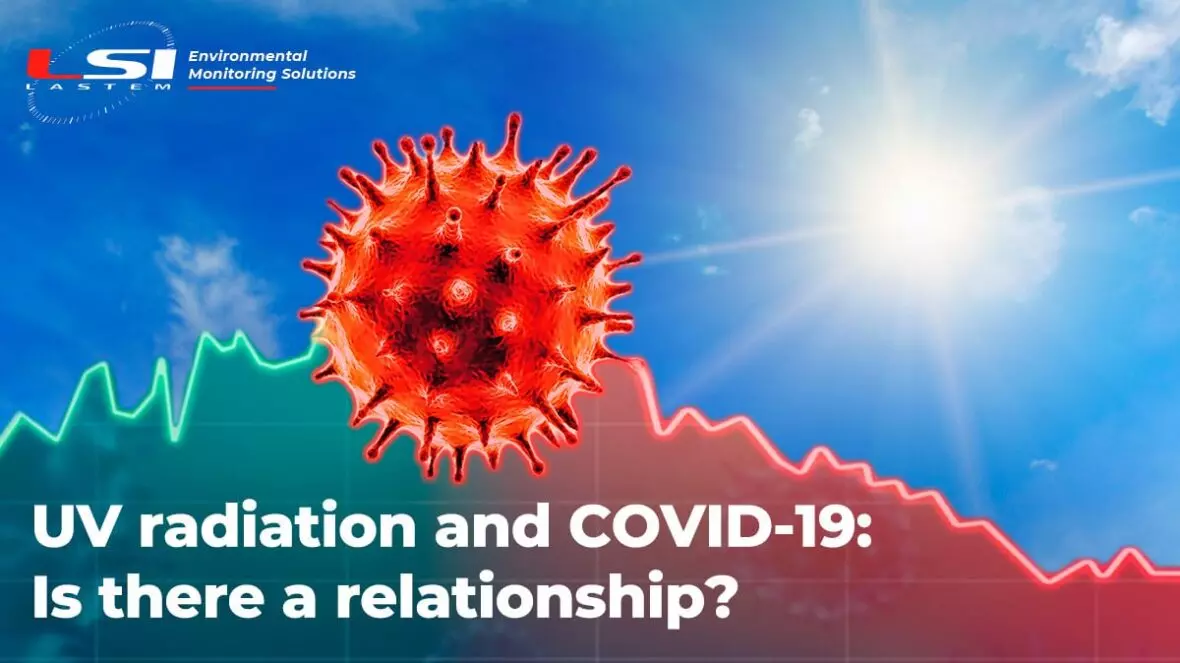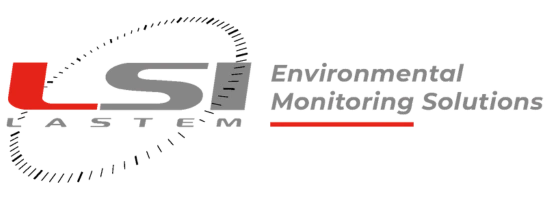Solar ultraviolet radiation and COVID-19: is there a relationship?

An Italian study, published in the journal “Science of the Total Environment” (link), was inspired by this question, coordinated by Giancarlo Isaia, Professor of Geriatrics at the University of Turin and President of the Academy of Medicine, and by Henri Diémoz, Researcher of the Regional Agency for Environmental Protection of the Aosta Valley. Researchers from the University of Bologna and Sapienza University of Rome partecipated in the work along with ENEA (National Agency for New Technologies, Energy and Sustainable Economic Development), the City of Health and Science of Turin and the Agencies for the Protection of the Environment of South Tyrol, Veneto, Piedmont and Puglia.
The study explored the possibility that the evolution of the COVID-19 epidemic involves, among the multiple transmission mechanisms, not only the interaction between people, but also some environmental factors. For this reason, the spatial diffusion of the epidemic in Italy during the period of its first wave (February-May 2020), that was characterized by a greater impact in the northern regions, was evaluated, and a very significant statistic correlation was highlighted between the number of deaths and patients affected by COVID-19 in each Italian region and the intensity of solar ultraviolet (UV) radiation assessed at the earth’s surface, by means of both satellite and ground surveys. Furthermore, correlations emerged, although less significant than that with UV radiation, also with other variables, environmental (the air temperature), social (the number of residents in RSA) and clinical (the average mortality from cardiovascular diseases and diabetes).
The results of this statistical study are consistent with the possible beneficial effects, described in the recent scientific literature, of solar UV radiation on the spread of the SARS-CoV-2 virus and its clinical manifestations: in fact, it emerged that UV radiation is capable of both directly neutralizing the virus and promoting the synthesis of vitamin D which, due to its immunomodulatory properties, could play an antagonistic role in the infection and its clinical complications. Consequently, the authors suggest the opportunity to deepen the study of these issues with further clinical research, and underline the importance of having a network of coordinated measurements of ultraviolet radiation on the Italian territory. They also hope that public awareness campaigns will be organized on the positive and negative effects of exposure to solar radiation and on the dietary consumption of foods containing vitamin D, or its pharmacological supplementation, always under medical supervision. Compensating hypovitaminosis D, very widespread in our country, could in fact contribute to the containment of the pandemic, especially in the elderly and frail, as already claimed (link) by Giancarlo Isaia and Enzo Medico of the University and Academy of Medicine of Turin.
The appointment to find out more is on December 1st at 5.30 pm, here: (event in Italian)
